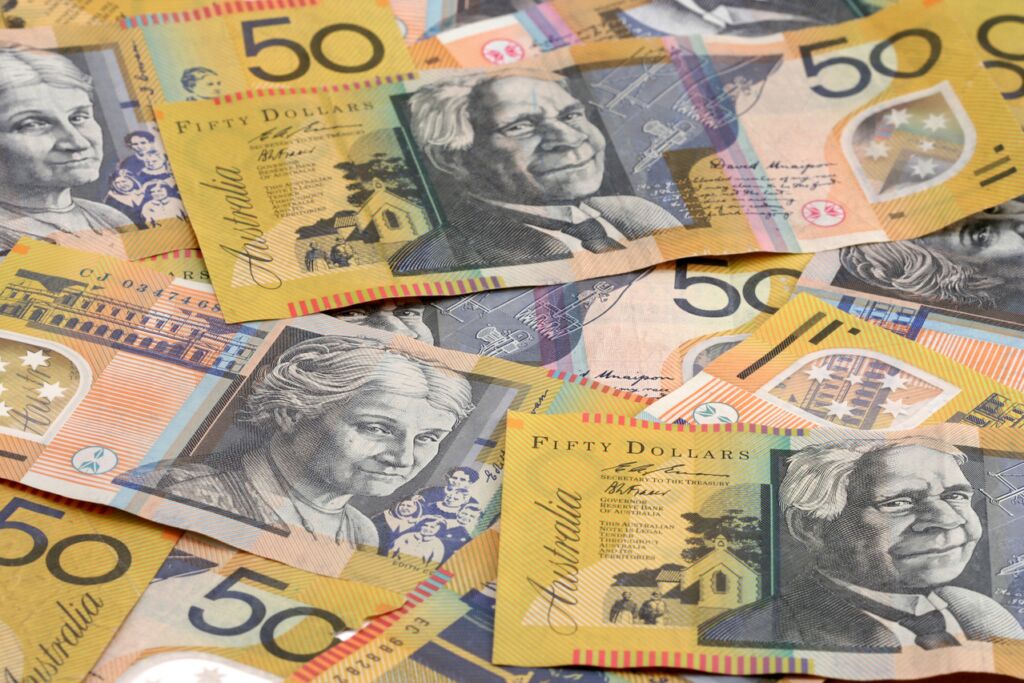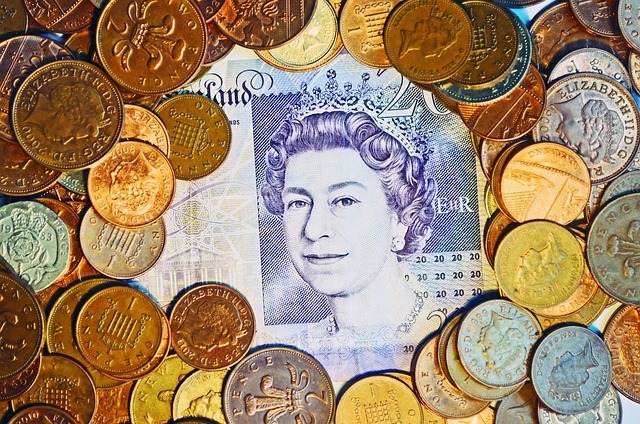In this article, we have covered the highlights of global market news about the EUR/USD, AUD/USD, NZD/USD and GBP/USD.
EUR/USD Price Analysis: Mild between 2-week-old resistance and 10-day EMA
In the first hour of Friday’s European session, EUR/USD hits an intraday low of 1.0645. The major currency pair then reverses from the resistance of the two-week-old declining trend line.
The retreat move may also be related to the MACD indications, which point to the quote’s additional deterioration.
The 10-day Exponential Moving Average (EMA), which was at 1.0620 at the time of publication, prevents the EUR/USD pair from falling further in the near term.
However, the RSI (14) continues to climb in the overbought region, joining the MACD readings and the abovementioned inability to pass the immediate EMA to give EUR/USD sellers reason for optimism.
Because of this, the quote’s continued weakening below the 10-day EMA level may eventually cause it to move toward the previous monthly high, which was at 1.0480.
AUD/USD pulls back from 0.6785 resistance
As it retreats from a short-term downward-sloping resistance line early on Friday, the AUD/USD breaks a two-day rally. Even so, the Aussie pair’s downside is constrained by the market’s laxity and the holiday spirit, so the quotation is still only modestly offered at 0.6770 as of publication.

Although it has recently been ignored, it should be noted that the MACD probably teased the bears, along with the quote’s inability to pass the immediate obstacle to keep the selling optimistic.
However, the immediate fall of the pair is constrained by the 50-HMA level at 0.6755.
Traders will focus on the crucial downside level of 0.6718, comprised of the 200-HMA if the quotation breaches the immediate HMA support. A break of this level may swiftly push the Aussie pair towards the monthly low of 0.6629, which was just set.
NZD/USD slips to around 0.6300 as the US Dollar recovers, China’s PMI in the spotlight.
In the Asian session, the NZD/USD pair fell to almost its intraday low of 0.6316 as the US Dollar Index (DXY) tried to rebound after falling to over 103.50. Selling pressure has been present on the New Zealand Dollar as China’s COVID-19 scenario becomes increasingly precarious.
The news that Covid-19 fatalities are increasing in China has frightened the market again. According to the UK-based health data company Airfinity, COVID-19 “probably kills almost 9,000 individuals in China daily. Additionally, since December 1, there have probably been 100,000 fatalities in China and 18.6 million illnesses.
The bulk of the gains made on Thursday is still held by S&P 500 futures, signaling cautious confidence in the international market. At the time of publication, the USD Index is seeking to continue its upward movement beyond the significant threshold of 103.70. However, the 10-year US Treasury rates have regained all of their morning losses and are now over 3.83%.
Investors are ignoring the news of an increase in initial unemployment claims data and back the USD index again. The United States Labor Statistics department reported an increase in unemployment claims to 225K on Thursday, with a stop in hiring by different companies due to the gloomy economic outlook.
GBP/USD faces fourth weekly decline on UK’s economic gloom
Ahead of Friday’s London opening, the GBP/USD reverses the previous day’s gains, which were the largest in two weeks. It also accepts bids to retest the intraday low at 1.2040. By doing this, the Cable duo argues that the British economy is experiencing a downturn and the recent slowdown in the decline of US Treasury rates and the US Dollar.

The Times’ report that the UK prime minister was open to slashing financial assistance for corporate energy bills amid cost worries put downward pressure on the GBP/USD exchange rates. According to the news, “the data comes after British public borrowing during last month reached its highest for any November on record, reflecting the growing cost of energy subsidies, debt interest, and the reversal of a rise in payroll taxes.”
The Financial Times (FT) update states the same thing, predicting that the prices and rents of commercial real estate in the UK would “fall over a cliff edge” in the first quarter of 2023.
The intensity of the UK labor strikes also affects the GBP/USD exchange rates. Reuters reported that a wave of strikes by public sector employees seeking better pay agreements in the face of decades-high inflation rates had reached Britain.
Please click here for the Market News Updates from 28 December, 2022.

